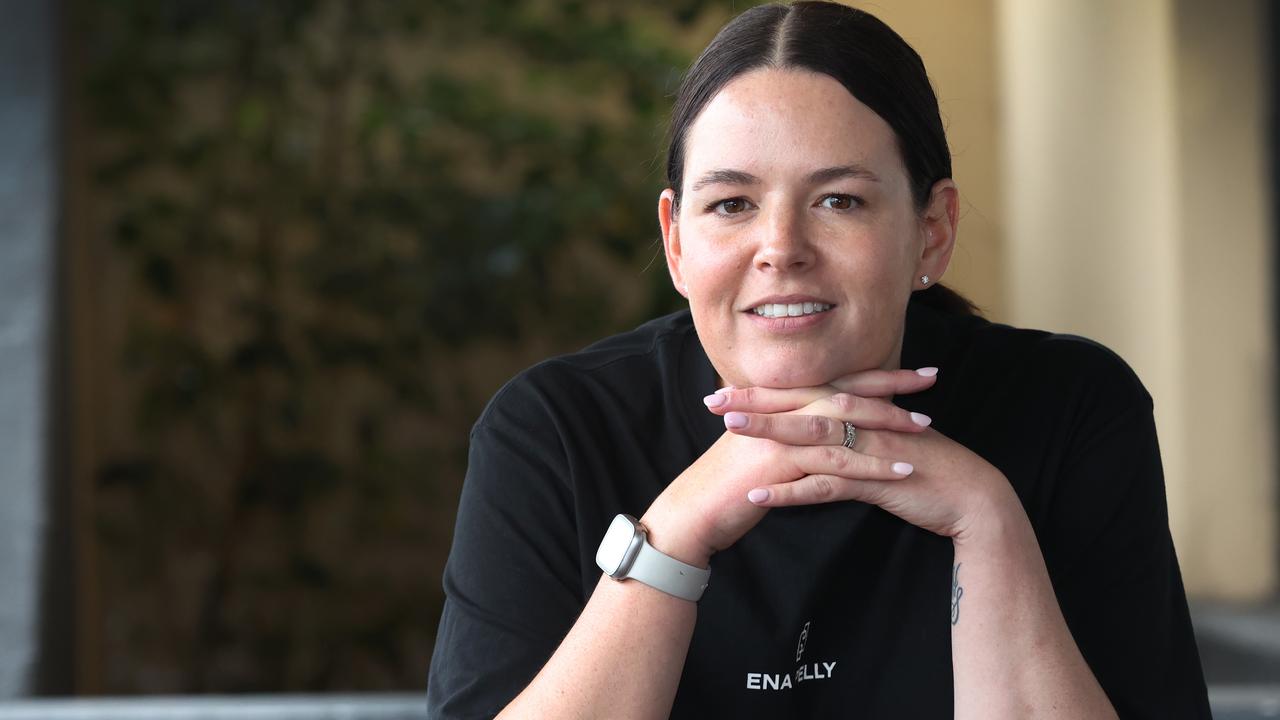Human-like skin grown in lab successfully treats Melbourne burns patient
Human-like skin grown in a laboratory has successfully treated a Melbourne burns patient in a world-first trial, with the artificial tissue hailed as one of the biggest breakthroughs for burns care in decades.
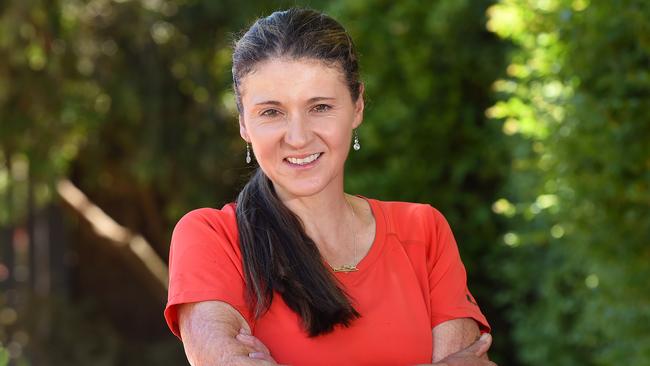
Health
Don't miss out on the headlines from Health. Followed categories will be added to My News.
Human-like skin grown in a laboratory has been successfully given to a Melbourne burns patient in a world-first trial.
The artificial tissue was grown from the man’s own skin cells, with the procedure hailed as one of the biggest breakthroughs for burns care in decades after treating “extensive, full-thickness wounds”.
Reconstructive plastic surgeon Heather Cleland said the tissue had the potential to not only “significantly improve” patients’ outcomes, but also save those “who would otherwise not survive”.
The bio-engineered skin aims to replace split skin grafts, protecting patients from deadly infections without the usual pain, scarring and in some cases, life-threatening delays of the traditional treatment.
The Alfred and Monash University have spent more than a decade on the project, one of only a few bioengineered skins in the world and the first of its kind. It replicates the skin’s crucial top layers and takes just four weeks to grow into sheets 100 times the size of the initial skin biopsy, slightly larger than a coin.
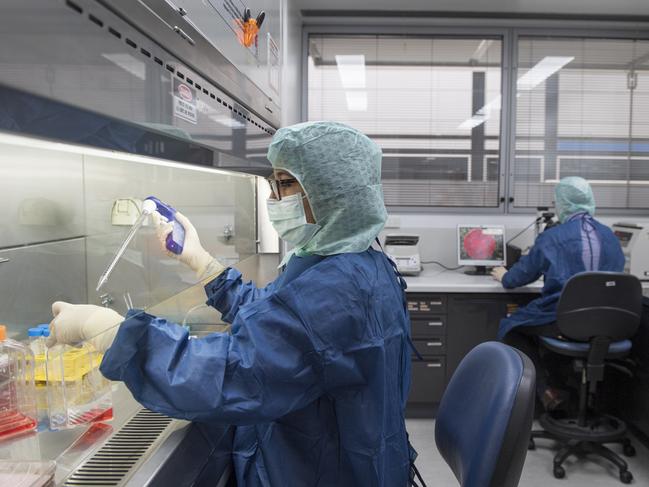
Associate Professor Cleland, part of The Alfred team, said: “(This) has got the capacity to really, I think, make a huge difference to people with severe injuries, and in particular those with life-threatening injuries and children.
“For people who survive the initial burn injury, those who die subsequently in hospital most often die from infectious complications. Almost half of burns survivors live with pain and disability caused by scarring and infection, made worse by the need to use traditional skin grafts.”
The Alfred skin bio-engineering laboratory group leader Shiva Akbarzadeh said the new tissue harnessed our “natural wound repairing mechanisms” and “becomes part of the body within a week or so”.
“It closes the wound and creates a barrier against infection and water loss,” Prof Akbarzadeh said.
It felt like the “last part of the jigsaw puzzle” for burns care, she said.
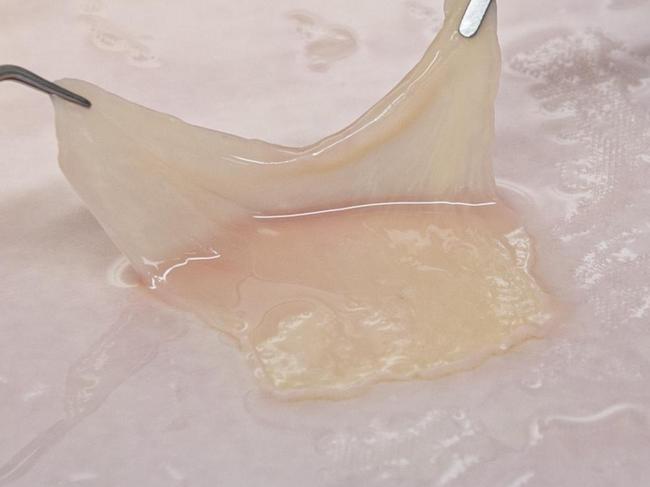
“To bring an alternate to skin grafting, it revolutionises the major burns treatment.”
Prof Cleland said burns care was “very reliant” on using a patient’s own unburnt skin for grafting, but it was “extremely” painful, “extends” injury to healthy skin and had limitations.
“For people with severe burn injury … there’s a high ongoing burden of injury, with particularly scarring and chronic pain, and also function deficits,” she said.
She said patients with “limited unburnt skin” faced lengthy, months-long hospital stays – plus a higher infection risk – because they had to use the same donor site for grafts over and over again.
Each time, they needed “two or three weeks off or sometimes longer” for the site to heal, she said.
But the laboratory can now grow multiple 10cm by 10cm sheets of artificial tissue – equivalent to a split skin graft but with significantly less scarring – in just four weeks. This is the amount of time needed to prepare a burn for treatment.
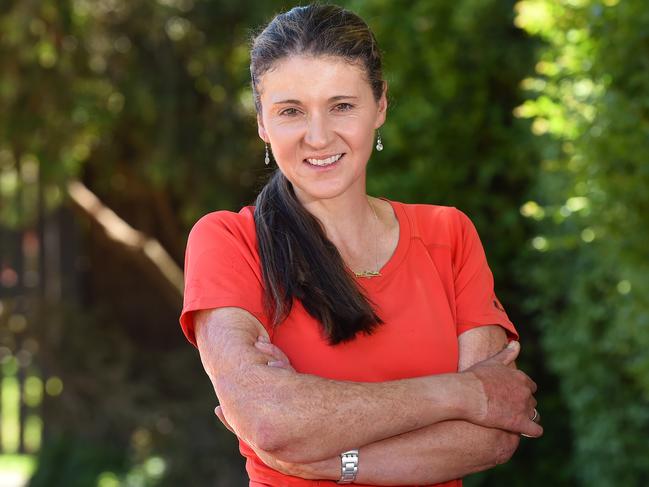
Prof Akbarzadeh said they first took and isolated the patient’s skin cells and then combined them with a special hydrogel that was rich in platelets, the component in blood that stopped bleeding.
“We expect little scarring of the treated sites long term,” she said.
Prof Cleland said that as technology advanced, future research could investigate how to replicate skin’s more advanced components, such as pigment cells and sweat glands.
The phase one trial, funded by a federal research grant, is expected to continue into 2026, involving a small number of patients most in need. Prof Cleland said they hoped to get funds for more trials.
Former patient Kate Sanderson, 49, who suffered burns to 60 per cent of her body in the 2011 Kimberley Ultramarathon Fire, said she was “elated” for the team.
She said her recovery was prolonged because doctors “could only take limited amounts of skin” for grafting.
“It could have hugely reduced the time I was in hospital,” she said.


